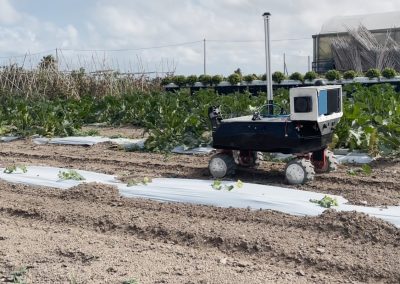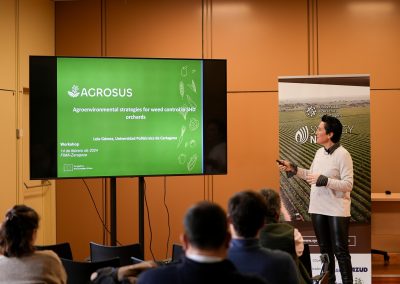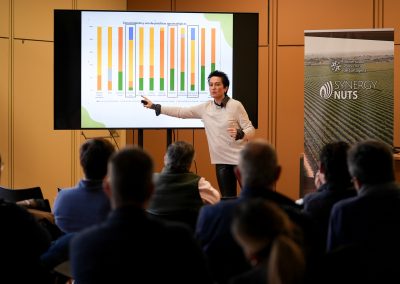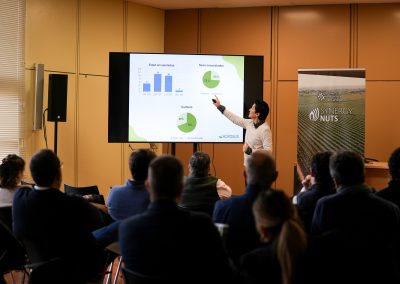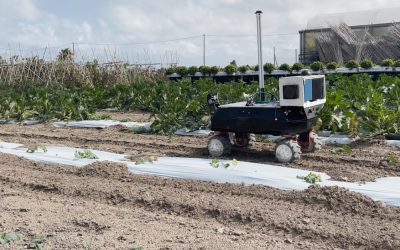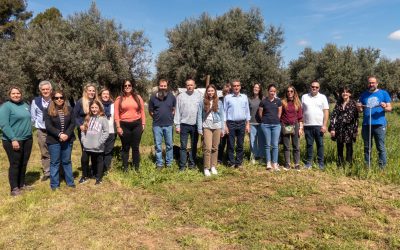Mediterranean region
The Mediterranean Biogeographic Region is the biogeographic region around and including the Mediterranean Sea. The term is defined by the European Environment Agency as applying to the land areas of Europe that border on the Mediterranean Sea, and the corresponding territorial waters. The region is rich in biodiversity and has many endemic species. The term may also be used in the broader sense of all the lands of the Mediterranean Basin, or in the narrow sense of just the Mediterranean Sea.
The European Commission defines the Mediterranean Biogeographic Region as consisting of the Mediterranean Sea, Greece, Malta, Cyprus, large parts of Portugal, Spain and Italy, and a smaller part of France. The region includes 20.6% of European Union territory.
The region has cool humid winters and hot dry summers. Wladimir Köppen divided his “Cs” mediterranean climate classification into “Csa” with a highest mean monthly temperature over 22 °C (72 °F) and “Csb” where the mean monthly temperature was always lower than 22 °C (72 °F). The region may also be subdivided into dry zones such as Alicante in Spain, and humid zones such as Cinque Terre in Italy.
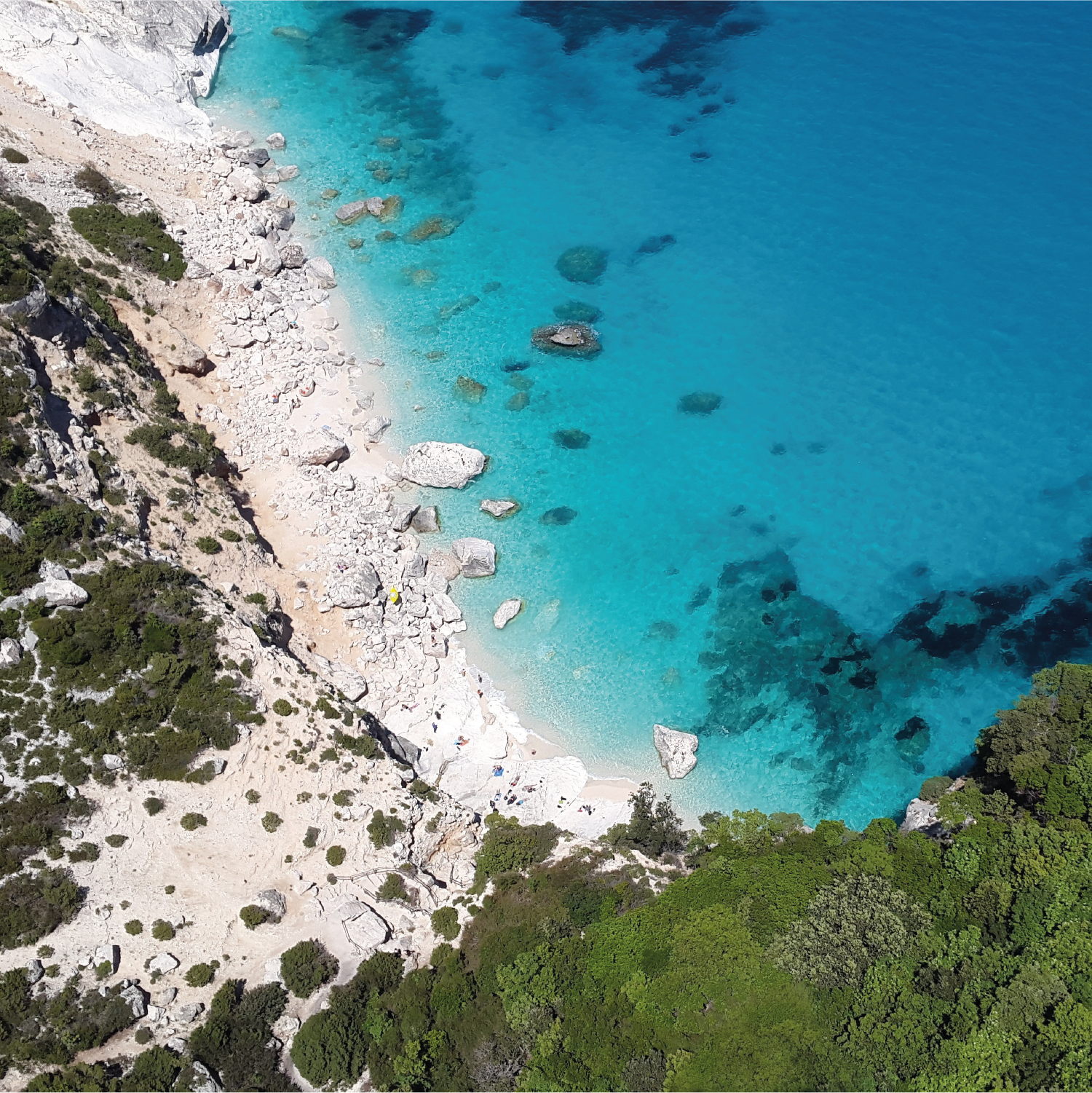
The region has generally hilly terrain and includes islands, high mountains, semi-arid steppes and thick Mediterranean forests, woodlands, and scrub with many aromatic plants. There are rocky shorelines and sandy beaches. The region has been greatly affected by human activity such as livestock grazing, cultivation, forest clearance and forest fires. In recent years tourism has put greater pressure on the shoreline environment.
The Mediterranean Biogeographic Region is rich in biodiversity and has many endemic species. The region has more plants species than all the other biogeographical regions of Europe combined. The wildlife and vegetation are adapted to the unpredictable weather, with sudden downpours or strong winds. Coastal wetlands are home to endemic species of insects, amphibians and fish, which provide food for large flocks of waders and dabbling ducks. The sea is also rich in marine life, including many endemic species. The shallow coastal waters hold huge Posidonia beds, underwater meadows that harbor rare crustaceans, sponges and Ascidiacea (sea squirts). As of 2009 the region was not sufficiently covered in the EuMon database. Recruiting volunteers to monitor species may help address the issue.
The Iberian Peninsula is particularly rich in species, including rare and endemic species, due to its complex climate and terrain, and because it provided refugia during the glacial period of the Pleistocene. A 2011 study of spiders in the coastal dunes of Portugal showed that the primary factor in beta diversity was a broad-scale gradient of mediterraneity. Diversity was lower in the northern dunes, which are in the Eurosiberian biogeographic region, and higher in the center and south in the Mediterranean biogeographic region.
Spain- Cartagena
Partner responsible: Universidad Politécnica de Cartagena (UPCT)
Country Leader: María Dolores Gómez López
Email: lola.gomez@upct.es
Experimental unit
The experimental fields are located in southeast Spain. We work on olive groves and almond orchards under super high intensity and conventional management, where trees are planted forming hedges under irrigation. This reduces production costs with lower dependence on labour and increases yields. Herbicides are used to control weeds in the alleys. The olive grove is located in the Region of Castilla-La Mancha, at 530 m above sea level, and has an extension of 80 ha. The almond orchard is located in the Region of Murcia, at 620 m above sea level, and has an extension of 65 ha. Climate is Mediterranean semiarid, with long water deficit most of the year.
Pedoclimatic conditions
Type of soil: Haplic Calcisol
Mean annual T: 15 °C
Mean annual P: 300 mm
Key figures
Farming systems: 2 Conventional
Crops: Olive (P) and almond (P)
Crop Link groups: 1
Co-creating workshop: 1 (with two round-tables)
Co-validation workshops: 2
Spain- Valencia
Partner responsible: Universidad Politécnica de Valencia (UPV)
Country Leader:Mercedes Verdeguer Sancho
Email: merversa@eaf.upv.es
Experimental unit
The experimental fields are located in Valencia province, in East Spain. We have experimental parcels for horticultural crops in the University, and fields for conventional and organic horticultural crops (lettuce, melon, zucchini and tomato) are close to the University, in Alboraya and Museros area (30 min distance). Citrus orchards and fruit orchards for the experiments are in L’Alcudia area (40 min south from Valencia) and in El Puig and Puzol areas (20 min north from Valencia).
Pedoclimatic conditions
Type of soil: Leptosols and Fluvisols
Mean annual T: 17.6 °C
Mean annual P: 427 mm
Key figures
Farming systems: 7 Conventional, 2 organic and 2 mixed
Crops: Peach (P), Lettuce (H), Melon (H), Zucchini (H), Tomato (H), Orange (P) and Persimmon (P)
Crop Link groups: 2
Co-creating workshop: 2
Co-validation workshops: 4
Videos
News related
AGROSUS Practice Abstracts Are Now Available
The Practice Abstracts of AGROSUS are now available on our website. EIP-AGRI (European Innovation Partnership for Agricultural Productivity and Sustainability) requires Practice Abstracts (PAs) as a key part of EU-funded research and innovation projects, particularly...
Advancing AgriTech in the Mediterranean!
In July 2024, researchers from the Centre for Automation and Robotics (CSIC) and the Polytechnic University of Valencia (UPV) conducted field experiments in Meliana, Valencia. The goal? To test an autonomous robot and sensor system for precision agriculture in the...
Insights from the Mediterranean co-creation workshop
In the framework of one of the most important agricultural fairs in Spain, such as FIMA in Zaragoza, the results of the surveys carried out among producers and agents interested in almond and olive hedgerow crops, on agroecological strategies for weed control, were...
Sneak peek at the soil sampling workshop
On the 4th of April the AGROSUS project partners met at the CSIC facilities in Madrid, Spain to hold a workshop given by specialists from the University of Vigo and Polytechnic University of Cartagena.The aim of this internal project workshop was to learn about soil,...
AGROSUS launch a survey for farmers across the 11 biogeographical regions to select the best agroecological strategies
AGROSUS (AGRoecological strategies for SUStainable weed management in key European crops) is a four-year transdisciplinary research project. The project aims to identify appropriate tools and agroecological strategies to prevent and manage weeds in relevant crops, in...


